
The Difficult Cesarean Delivery: Safeguards and Pitfalls
Livrare gratis la comenzi peste 500 RON. Pentru celelalte comenzi livrarea este 20 RON.
Disponibilitate: La comanda in aproximativ 4 saptamani
Autor: Guy I. Benrubi
Editura: Lippincott Williams and Wilkins
Limba: Engleza
Nr. pagini: 208
Coperta: Paperback
Dimensiuni: 17.1 x 0.6 x 24.8 cm
An aparitie: 1 Mar. 2020
Rising numbers of Cesarean sections and maternal obesity and associated health risks have resulted in increasingly complex Cesarean deliveries and outcomes, requiring today’s surgeon to stay attuned to evolving best practices and master new surgical techniques. This first-of-its-kind reference provides step-by-step, highly illustrated guidance on managing challenging Cesarean sections with a focus on the challenges of abnormal placentation and strategies to manage it. In a concise, readable format, this text is designed to help surgeons anticipate intraoperative and postoperative challenges and optimize outcomes for mother and baby.
- Focuses on avoiding and managing surgical pitfalls and complications, providing safeguards and practical, hands-on guidance for surgeons at all levels of experience.
- Reviews the physiology of abnormal placentation (placenta accreta spectrum) and management of pre-delivery diagnosis, intraoperative and emergent abnormal placentation.
- Covers preparation and decision-making regarding type of incision, anesthesia, uterine conservation, management of acute post-procedure hemorrhage, intraoperative uterine artery catheterization and occlusion, and transarterial embolization.
- Includes special chapters on Peripartum Hysterectomy, Urologic and Gastrointestinal Injuries, Prerequisites for the Operative Suite, and two important imaging chapters on Diagnostic Imaging in Abnormal Placentation and the Role of Interventional Radiology.
- The digital version provides access to 11 surgical videos.
Enrich Your Digital Reading Experience
- Read directly on your preferred device(s), such as computer, tablet, or smartphone.
- Easily convert to audiobook, powering your content with natural language text-to-speech.
Table of Contents:
Cover
Title Page
Copyright
Dedication
Contents
Contributors
Preface
Epigraph
1 The Impact of Cesarean Delivery on Maternal Mortality and Morbidity
2 The Obesity Epidemic
POTENTIAL COMPLICATIONS OF OBESITY IN PREGNANCY
CONCLUSION
3 Normal Physiology of Placentation
INTRODUCTION
PREIMPLANTATION
ANATOMY OF THE ENDOMETRIUM
STAGES OF IMPLANTATION
Stage 1: Apposition
Stage 2: Adhesion
Stage 3: Invasion and Uteroplacental Circulation
SECOND AND THIRD WEEK OF PLACENTAL DEVELOPMENT
Continuation of Vascular Development
EARLY PLACENTA FORMATION: IMPORTANCE OF VESSEL REMODELING
PLACENTAL DEVELOPMENT AND CHARACTERISTICS IN SECOND AND THIRD TRIMESTER
FUNCTIONS OF A NORMAL PLACENTA
PLACENTAL SEPARATION AND DELIVERY
Anatomy and Inspection of the Delivered Placenta
Further Inspection of Fetal Side and Maternal Side
SUGGESTED VIDEOS
4 Abnormal Placentation After Cesarean Delivery
INTRODUCTION AND STATISTICS
RISK FACTORS ASSOCIATED WITH CESAREAN MORBIDITY
IMPLANTATION SITES
TRANSVAGINAL ULTRASOUND AND IDENTIFICATION OF INTERNAL CERVICAL OS
MANAGEMENT DURING PREGNANCY
PLACENTA CRETA
Accreta Spectrum Pathology
Pathogenesis of Cretas
Radiological Signs of Cretas
UTERINE NICHE
Uterine Niche Management
CESAREAN SCAR PREGNANCY
Pathogenesis of Cesarean Scar Pregnancies
Ultrasound Diagnosis of Cesarean Scar Pregnancies
Differential Diagnosis of Cesarean Scar Pregnancy
5 Diagnostic Imaging in Abnormal Placentation
INTRODUCTION AND RESEARCH
INCIDENCE
ASSESSING FOR ABNORMAL PLACENTATION
RISK FACTORS FOR PAS AND SCREENING TO PREDICT WHO MAY BE AT RISK
ULTRASOUND: PRIMARY DIAGNOSTIC TOOL
Assessment of the Site of Implantation
CONFIRMING WITH USE OF COLOR FLOW DOPPLER
Uterovesical Hypervascularity
Bridging Vessels
Feeder Vessels
Lacunar Turbulent Flow
UTILIZING 3D ULTRASOUND IMAGING
3D Multislice View Doppler
MAGNETIC RESONANCE IMAGING
SUMMARY
6 Choice of Incisions: Obese Patient, Multiple Sections, and Abnormal Placentation
INTRODUCTION
SKIN INCISIONS FOR CESAREAN SECTION
Low Transverse Abdominal Incision
Midline Vertical Abdominal Incision
UTERINE INCISIONS
Lower Uterine Incision and Complications With Anterior Placentation
FUNDAL INCISIONS
Technique for Fundal Incision
Posterior Hysterotomy
SKIN INCISIONS IN THE OBESE PATIENT
Low Transverse Incision
Midline Vertical Incision
Supraumbilical Transverse Incision
Supraumbilical Longitudinal Abdominal Incision
7 Intraoperative Management of Accreta, Percreta, and Increta
INTRODUCTION
THE MULTIDISCIPLINARY TEAM AND PATIENT CONFERENCE
Other Team Members to Be Alerted and On-call
PLACENTA ACCRETA PLANNED DELIVERY
Preoperative Plan
Upon Admission
Intraoperative Management
Unplanned Delivery of Placenta Accreta with a Delivery Plan in Place
Unplanned Delivery of an Unknown Placenta Accreta
ACCRETA PROTOCOL
PLACENTA PERCRETA
DELAYED HYSTERECTOMY/FERTILITY SPARING SURGERY
STRATEGIES TO CONTROL BLOOD LOSS
Tranexamic Acid
Balloon Catheters
Uterine Artery Ligation
Hypogastric Artery Ligation
Postoperative Vessel Embolization Performed by Interventional Radiology
Abdominal Packing
8 Peripartum Hysterectomy
INTRODUCTION AND HISTORICAL PERSPECTIVE
Planned Versus Unplanned Peripartum Hysterectomy
PREOPERATIVE SURGICAL PLANNING
Facility and Team
Operative Suite and Equipment
CHOICE OF SKIN INCISION IN PERIPARTUM HYSTERECTOMY
Procedure for Converting from Pfannenstiel Incision to a Maylard Incision
Procedure for Converting from a Pfannenstiel Incision to a Cherney Incision
CHOICE OF UTERINE INCISION
New Technique Using a GIA Stapler to Make the Hysterotomy (Figures 8-4 and 8-5)
OPERATIVE TECHNIQUES FOR PERIPARTUM HYSTERECTOMY
Traditional Technique for Peripartum Hysterectomy
Complete Hysterectomy: Step-by-step Approach
MODIFICATIONS TO THE TRADITIONAL TECHNIQUE FOR PERIPARTUM HYSTERECTOMY
Preoperative Ureteral Catheter Placement
Elective or Opportunistic Salpingectomy
Modifications Using Vessel-Sealing Devices
Use of the Koh Cup Ring to Identify the Vaginal Fornix
MANAGEMENT OF BLADDER AND URETERAL INJURIES
MANAGEMENT OF INTRAOPERATIVE BOWEL INJURIES
9 Urologic and Gastrointestinal Injuries
BLADDER INJURY
Assessment for Bladder Injury
Repair of Injury to the Dome of the Bladder
Repair of Injury to the Trigone of the Bladder
URETER INJURY
Assessment for Ureteral Injury
Procedure for Repair of Injury to Ureter
Procedure for Cut or Damaged Ureter
Repair of Larger Ureteral Injury
PELVIC BRIM INJURY
Repair of Pelvic Brim Injury
BOWEL INJURY
Repair of Serosal Bowel Injury
Repair of Full-Thickness Bowel injury
Resection and Reanastomosis of the Small Bowel (Side-to-side, Functional End-to-end)
Resection and Reanastomosis of the Large Bowel
Colostomy or Ileostomy
UNRECOGNIZED INJURIES AND POSTOPERATIVE MANAGEMENT
10 Postoperative Management of the Difficult Cesarean Delivery
INTRODUCTION AND HISTORICAL PERSPECTIVE
ENHANCED RECOVERY AFTER SURGERY GUIDELINES AND PRINCIPLES
POSTOPERATIVE FLUID MANAGEMENT
ANALGESIA
Oral Analgesics
Transversus Abdominis Plane Blocks
VENOUS THROMBOEMBOLISM PREVENTION
MOBILIZATION
FOLEY CATHETER AND DRAINS
GLUCOSE CONTROL
SPECIFIC POSTOPERATIVE COMPLICATIONS
Anesthesia-Related Complications
Urinary Retention
Postdural Puncture Headache
Spinal Epidural Hematoma and Central Nervous System Infection
Postoperative Fever
Breast Engorgement, Infective Mastitis, Abscess
Endomyometritis
Septic Pelvic Thrombophletitis
Blood Transfusion Complications
Respiratory Complications
Bowel Complications
Renal Complications
Wound Complications
11 Anesthesia for the Difficult Cesarean Delivery
INTRODUCTION
PHYSIOLOGICAL AND ANATOMICAL CHANGES IN HEALTHY PARTURIENTS
ANESTHESIA CHALLENGES FOR THE HEALTHY PARTURIENT
MORBID OBESITY
THE OBSTETRIC DIFFICULT AIRWAY
Distance Measurement and Its Implications for Difficult Laryngoscopy and Intubation
PULMONARY CHANGES
CARDIAC CHANGES
GASTROINTESTINAL CHANGES
ANATOMICAL CHANGES FOR NEURAXIAL PLACEMENT
DIFFICULT INTRAVENOUS LINE PLACEMENT
CESAREAN SECTION ANESTHESIA FOR THE OBESE PARTURIENT
PREOPERATIVE PREPARATION
Intraoperative Neuraxial Management
POSTOPERATIVE MANAGEMENT
GENERAL ANESTHESIA
Preoperative General Anesthesia Considerations
Postoperative General Anesthesia Management
COMPLICATIONS OF HIGH-ORDER REPEAT CESAREAN SECTION
Anesthesia in Placenta Accreta Spectrum
Antepartum Consultation in Placenta Accreta Spectrum
Preoperative Preparation
Intraoperative Management
Postoperative Management
12 The Role of Interventional Radiology in the Management of the Difficult Cesarean Delivery
INTRODUCTION AND HISTORICAL PERSPECTIVES
PREDISPOSING CONDITIONS TO PERIPARTUM HEMORRHAGE
Placenta Accreta Spectrum
Uterine Atony
Genital Lacerations
DELIVERY PLANNING AND DELIVERY
Facility and Multidisciplinary Team
ENDOVASCULAR INTERVENTIONS
Embolization
Balloon Occlusion
13 Operative Suite Prerequisites for Successful Outcomes
INTRODUCTION
OPERATING ROOM FACILITY
INSTRUMENTS AND EQUIPMENT
Types of Retractors
Additional Instruments Needed From the Gynecology/Oncology Tray
Hemoclips
Automated Stapling Devices (Figure 13-7)
Suction Setups and Ring Forceps
Vascular Clamps (Figure 13-8)
Intra-abdominal packs
Availability of Mass Transfusion Products
MULTIDISCIPLINARY TEAM
Pelvic Surgeon
Interventional Radiologist
Index
| An aparitie | 1 Mar. 2020 |
| Autor | Guy I. Benrubi |
| Dimensiuni | 17.1 x 0.6 x 24.8 cm |
| Editura | Lippincott Williams and Wilkins |
| Format | Paperback |
| ISBN | 9781975116675 |
| Limba | Engleza |
| Nr pag | 208 |

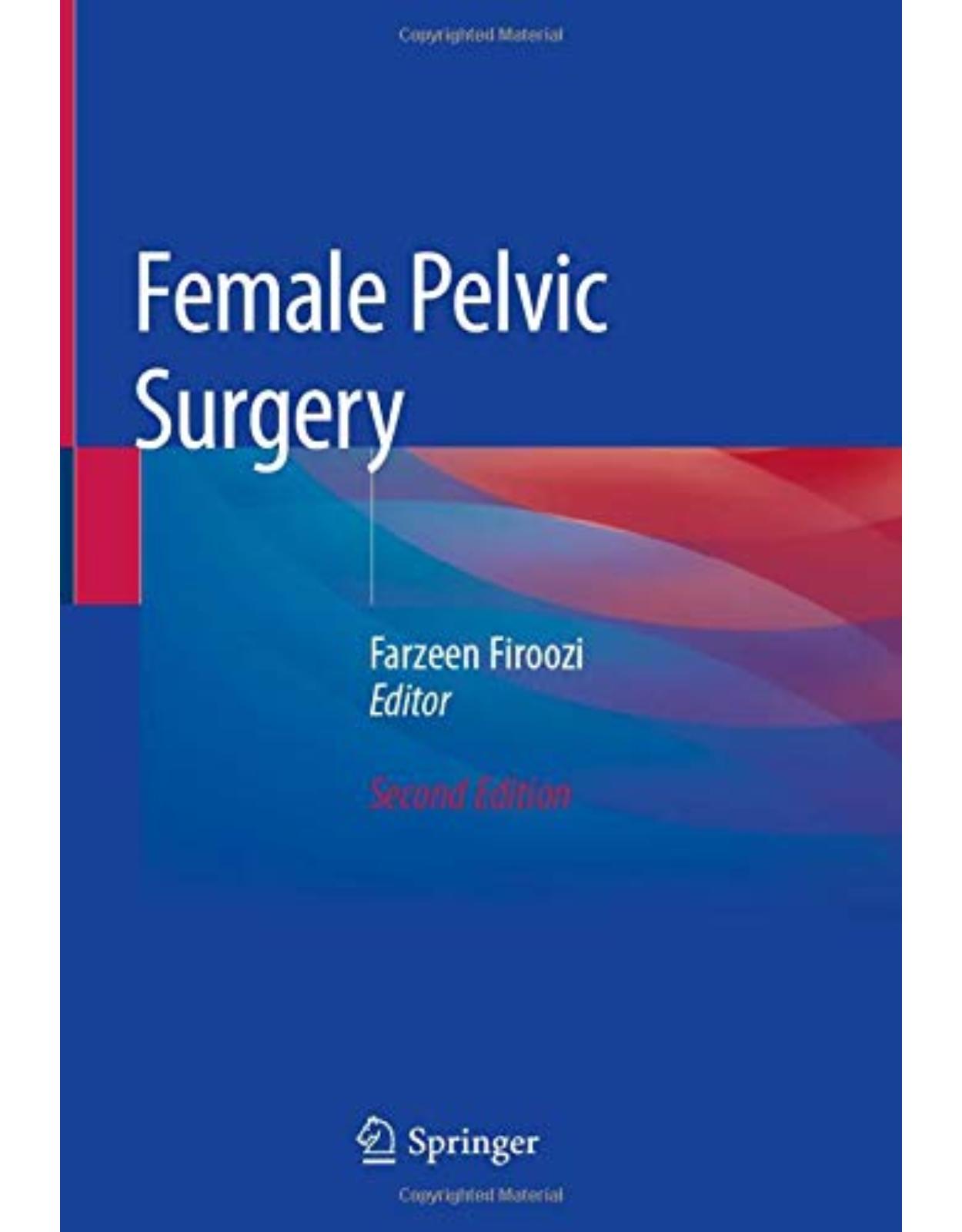
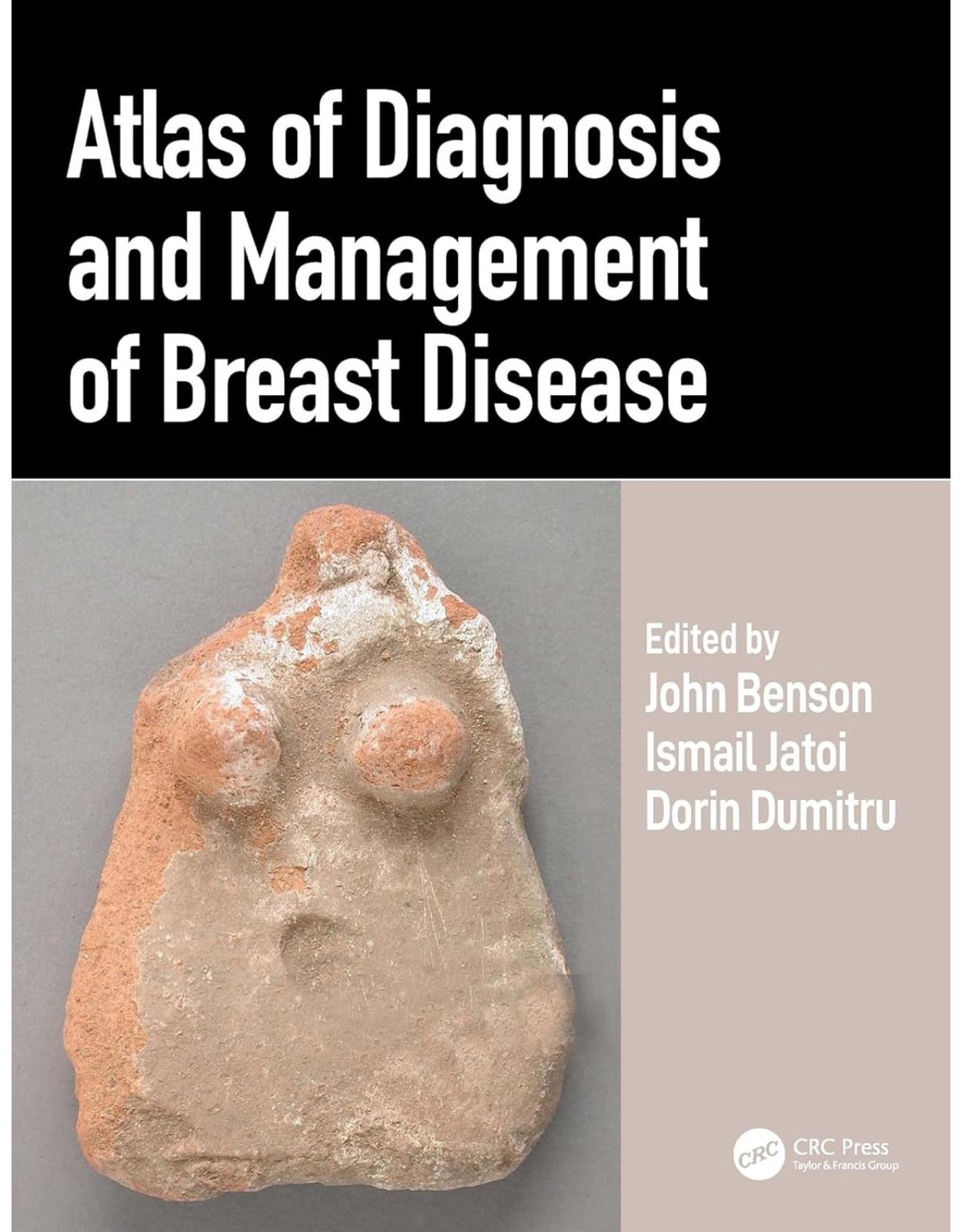
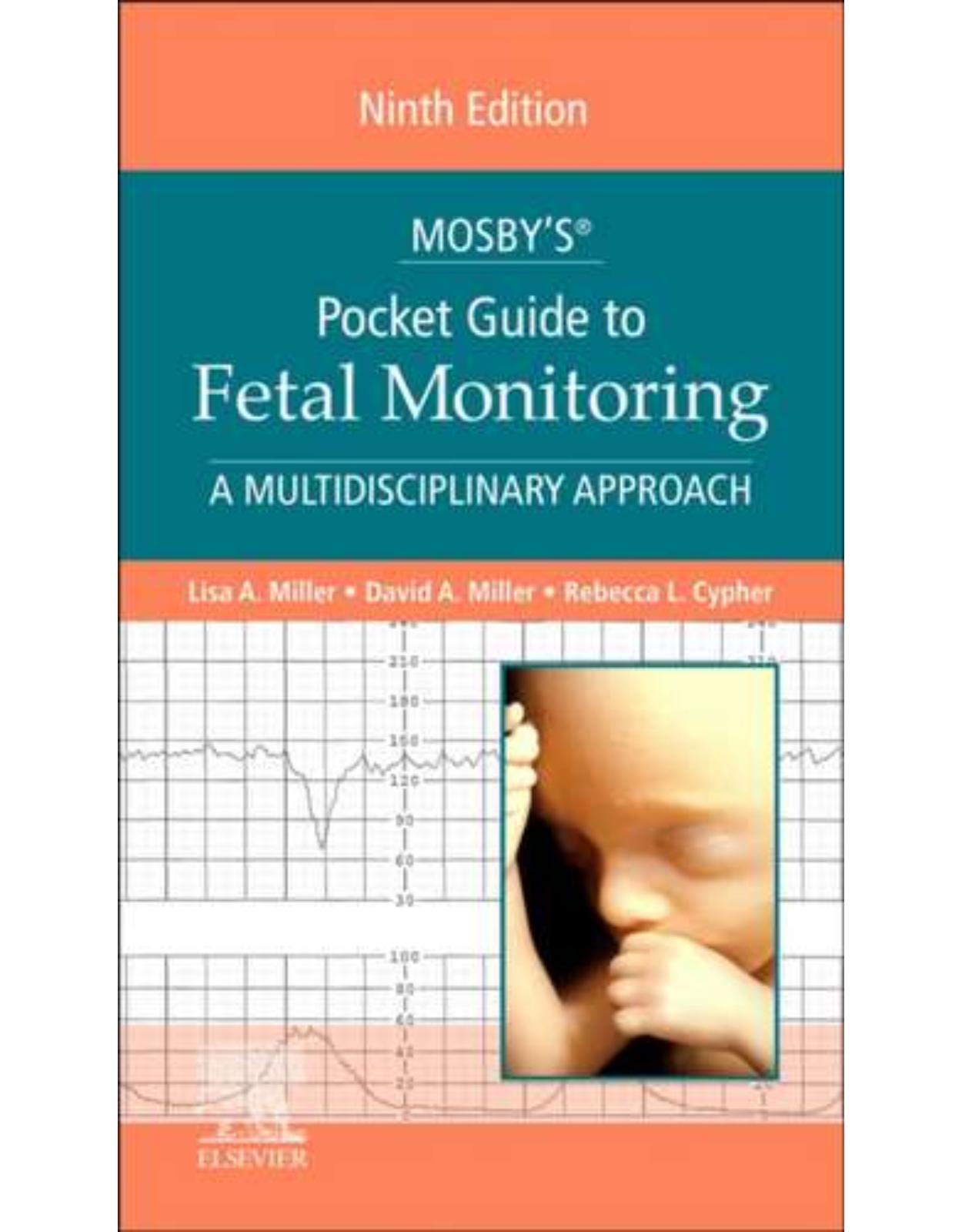

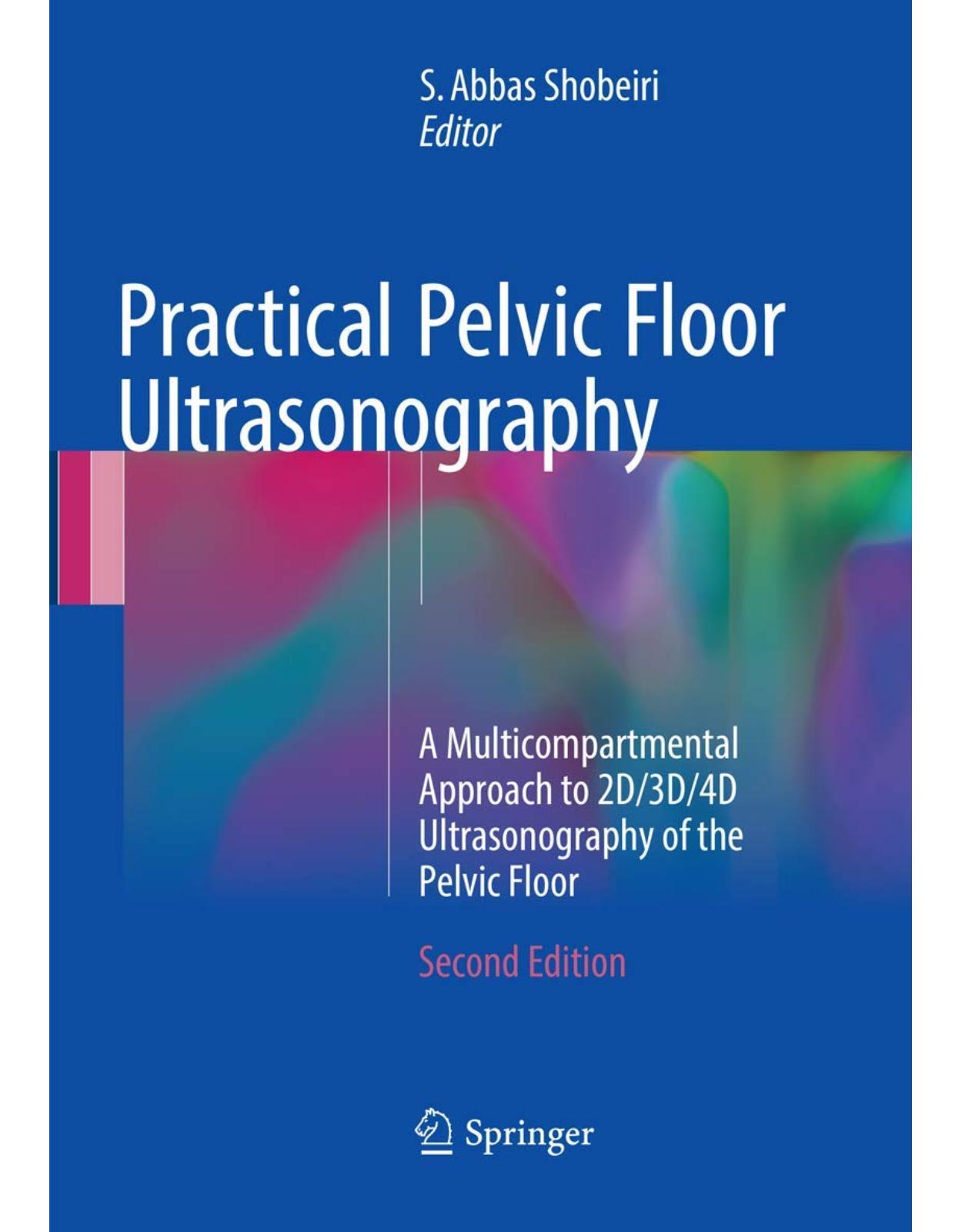
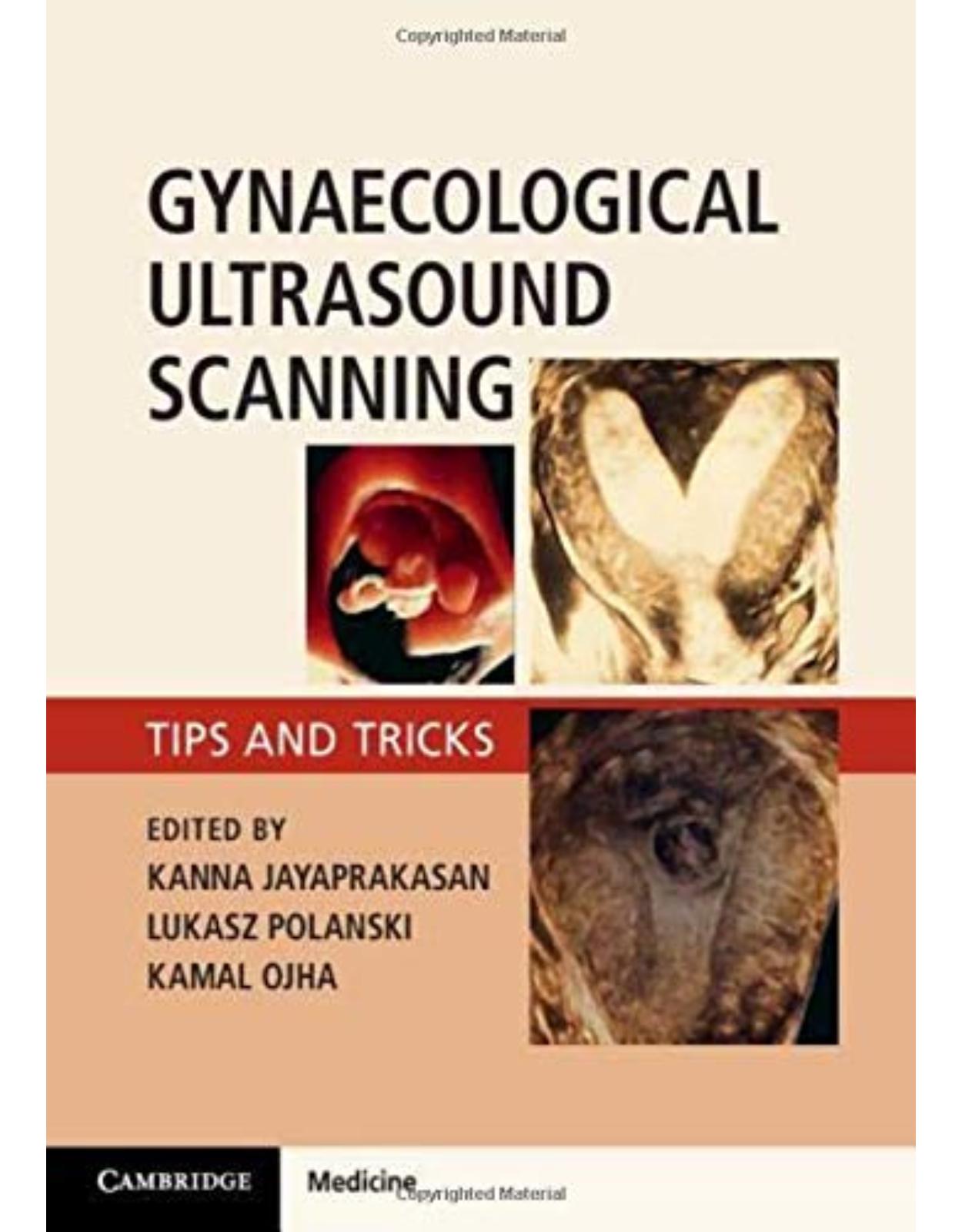
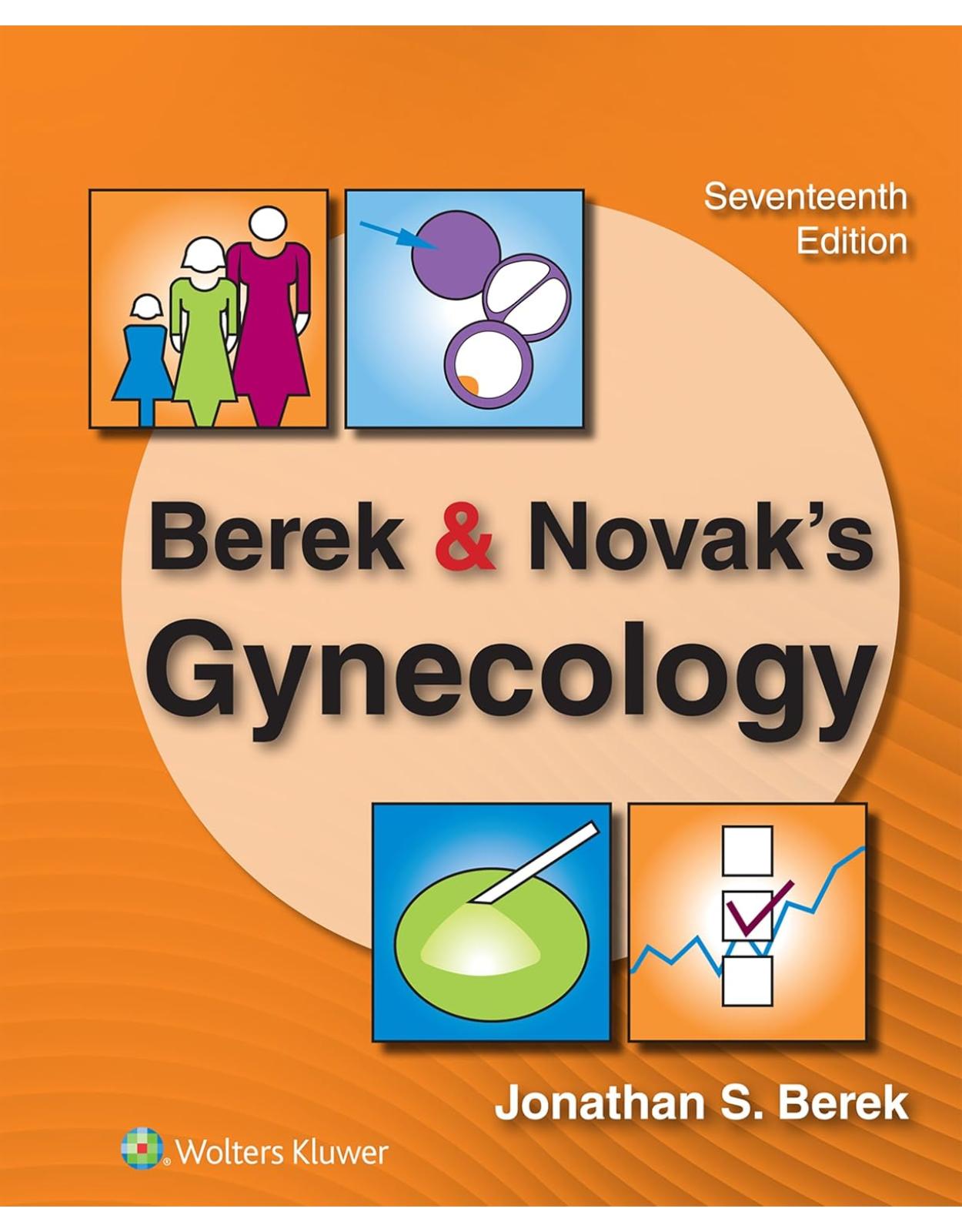
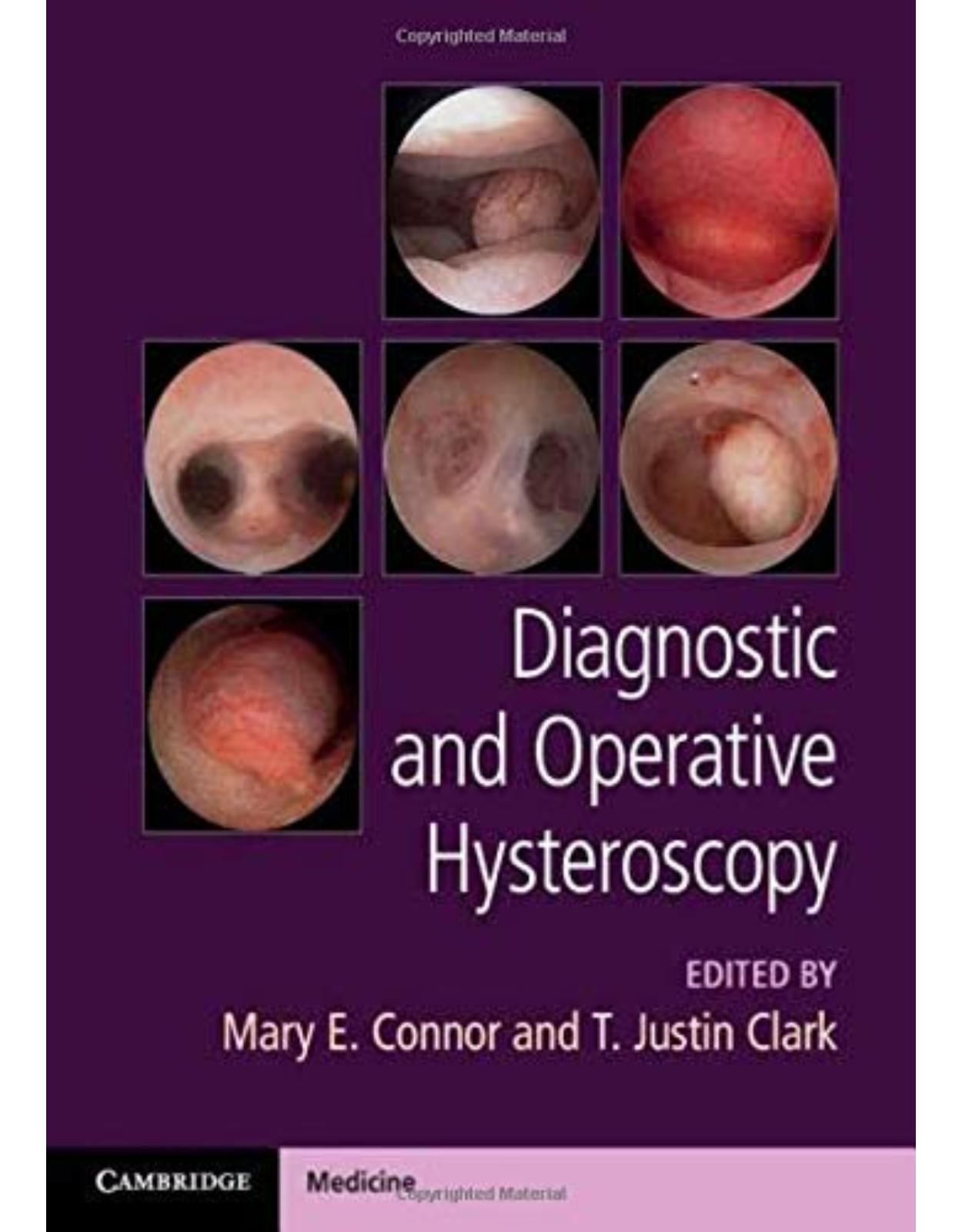
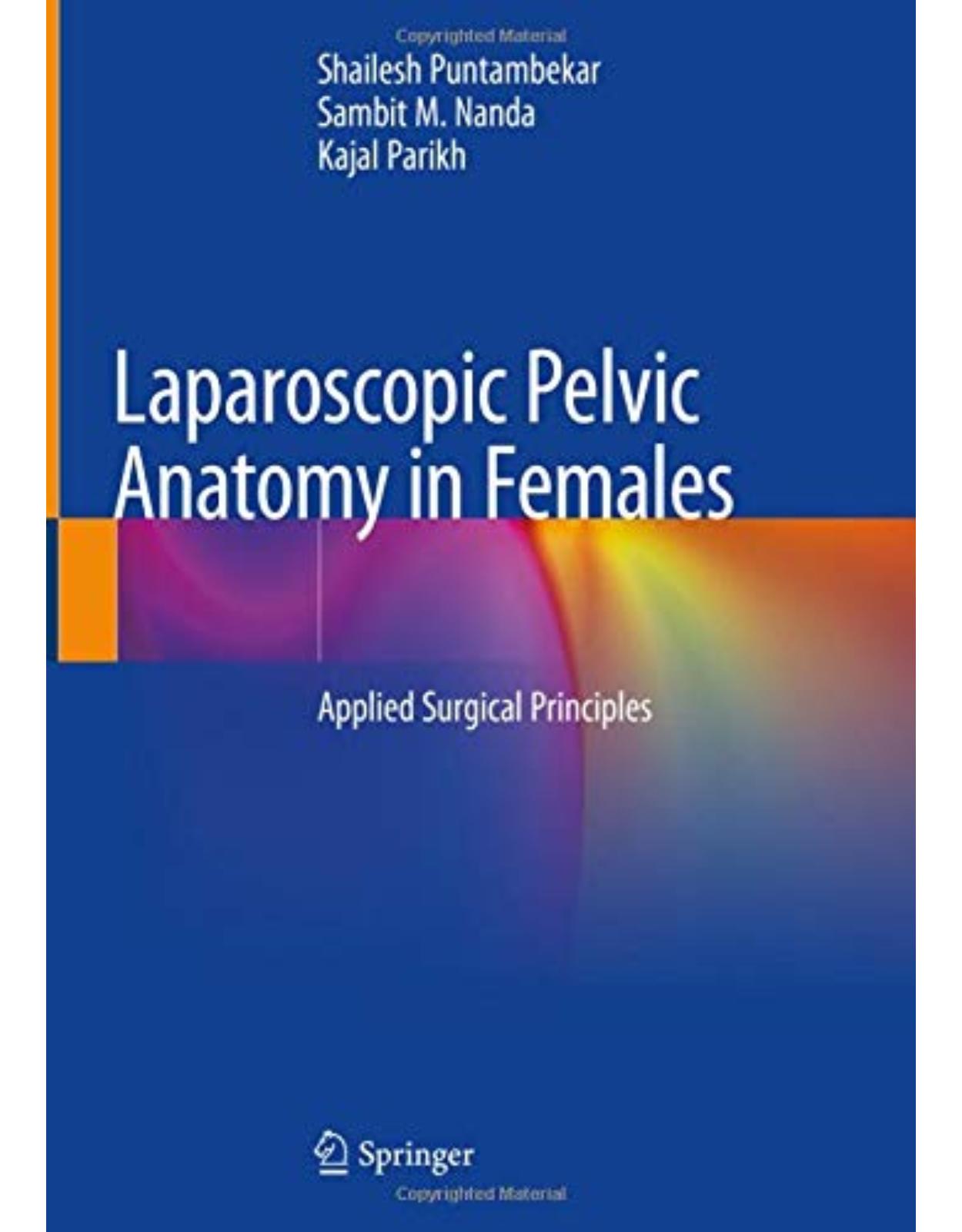
Clientii ebookshop.ro nu au adaugat inca opinii pentru acest produs. Fii primul care adauga o parere, folosind formularul de mai jos.